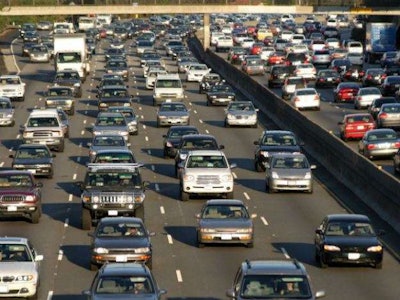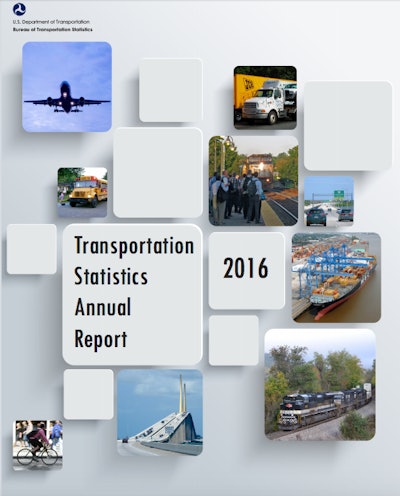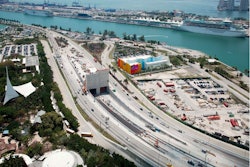

Congress mandates the report to present “key transportation indicators along with an overview of the transportation system.
The report includes details on passenger travel, freight movement, transportation and the economy, system reliability, safety, energy use and environmental impacts. It also looks at “closing data gaps” and ways to improve how transportation statistics are “collected, compile, analyzed and published.”
The report is available here as a direct download either in a complete edition or individual sections.
Highlights from the report include:
- The Nation’s transportation assets were valued at approximately $8.1 trillion in 2014, an increase of 17.7 percent over 2010 estimates. Publicly owned infrastructure and equipment accounted for over one-half of transportation capital stock.
- Highway lane-miles as well as highway travel as measured by person-miles and vehicle-miles traveled increased by 2.0 to 3.0 percent over the 2010 to 2014 time period.
- The condition of the U.S. transportation infrastructure is improving, but additional work is needed. The percentage of structurally deficient bridges declined from 12.0 percent in 2010 to 9.6 percent in 2015.
- One impact of bridge deterioration is reduced load limits. In 2015, 11.3 percent of all bridges had load limits reduced, which caused commercial vehicle operators to carry smaller loads or take circuitous routes, increasing their costs.
- The average age of the highway light-duty vehicle fleet increased by 28 percent over the 2000 to 2014 period and stood at about 11.4 years in 2014. The average age of commercial trucks was 14.8 years in 2015, up from 12.5 years in 2007.
- The average age of inland waterway navigation locks, adjusted for the date of the most recent rehabilitation, is more than 50 years. Maintenance dredging of navigation channels decreased by 22 percent in 2 years, which could result in operators having to reduce tonnage.
- The majority of airport runways (commercial service, reliever, and select general aviation) are in good condition; only 2 percent are considered poor.
- Class 1 freight railroad capital expenditures totaled $15.1 billion in 2014, about 2.5 times the spending in 2000.
- There is a general lack of data on vehicle and traffic control system condition (regardless of mode), parking infrastructure, and on most aspects of intermodal connections.









